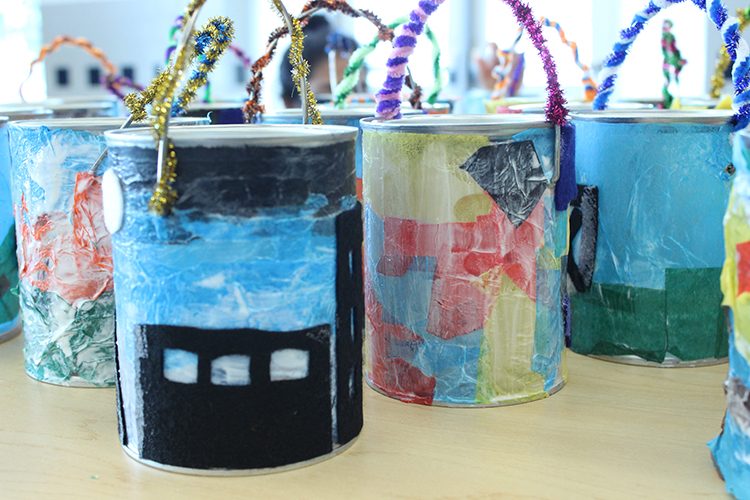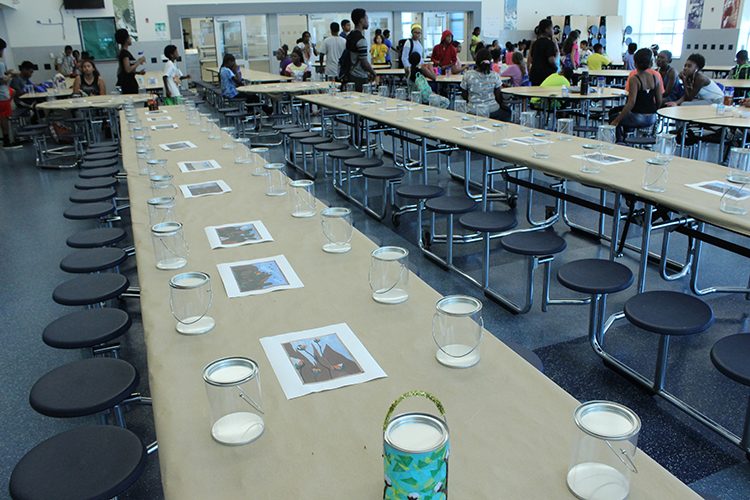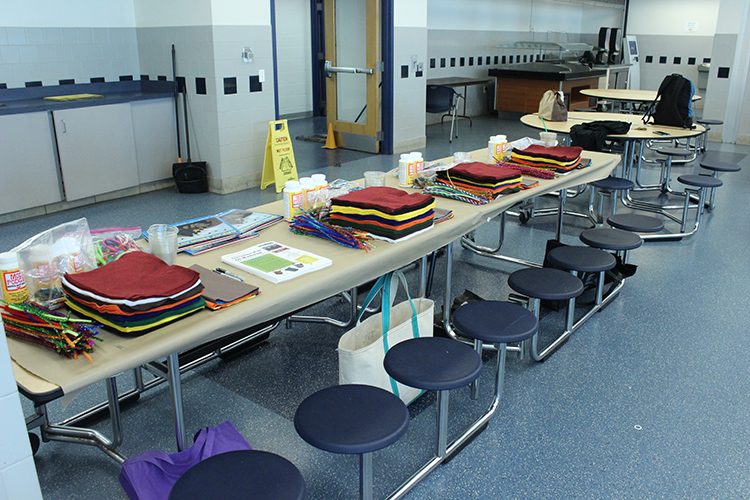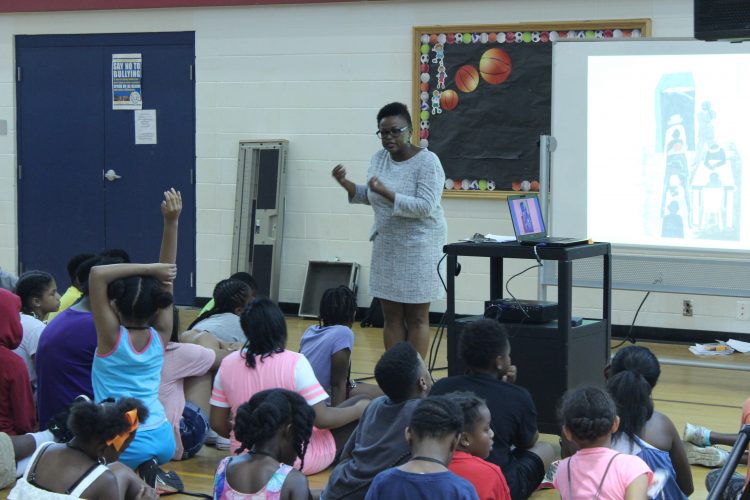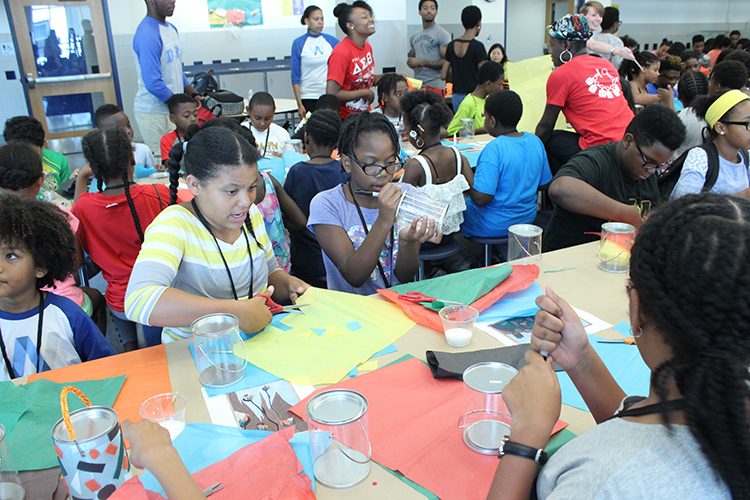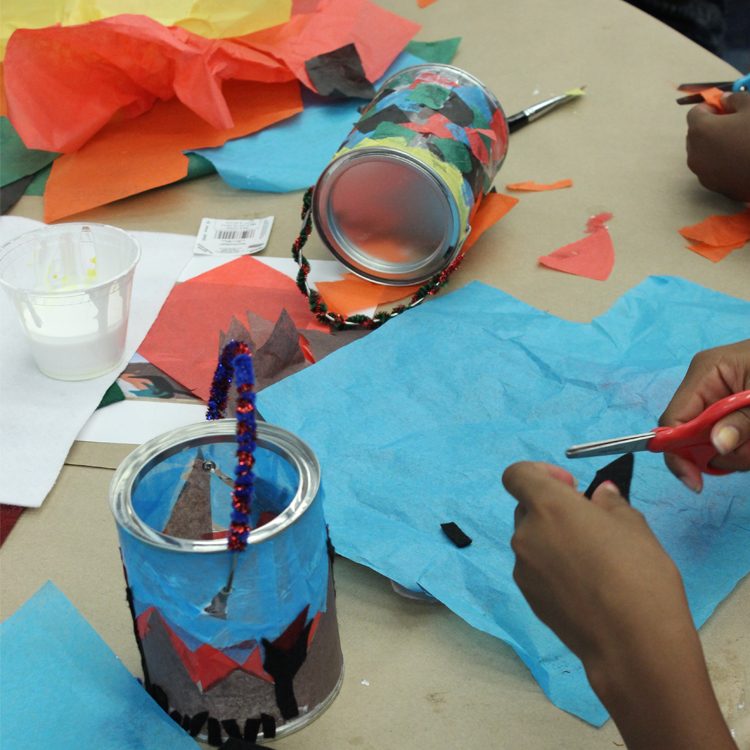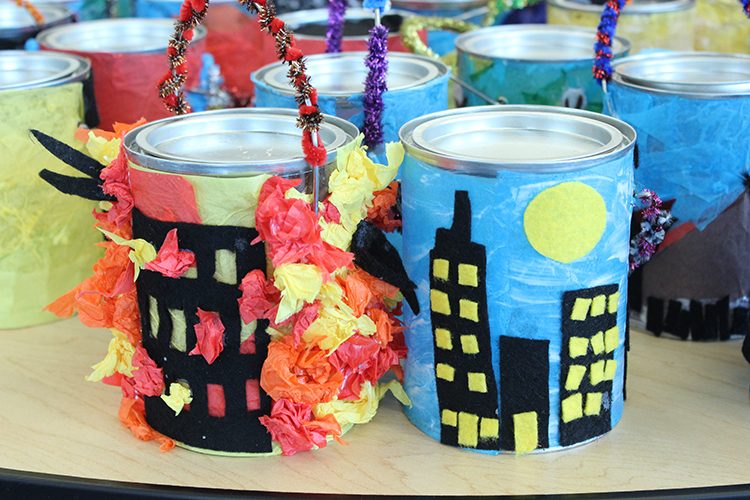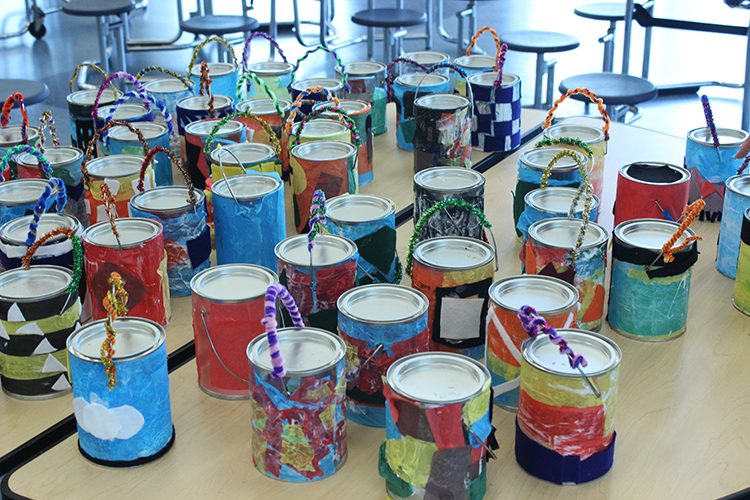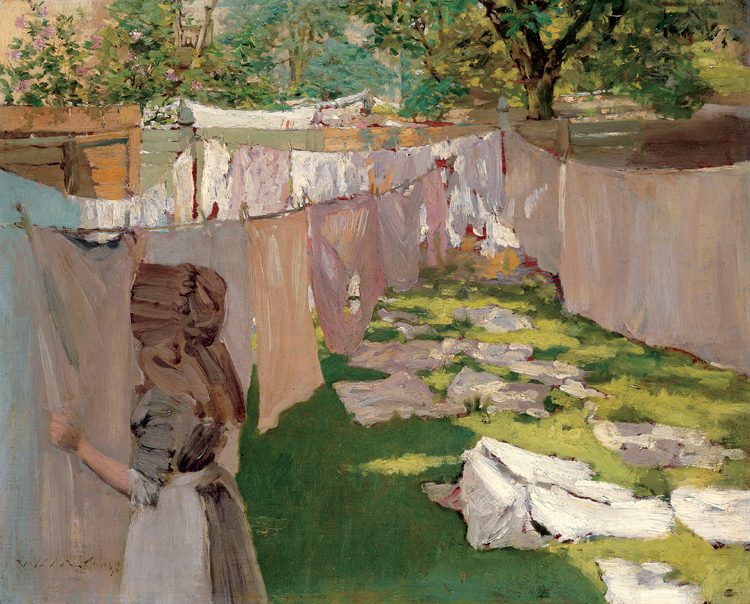In this series, Education Specialist for Public Programs Emily Bray highlights participants in the 2016 James McLaughlin Memorial Staff Show, on view through September 19, 2016.
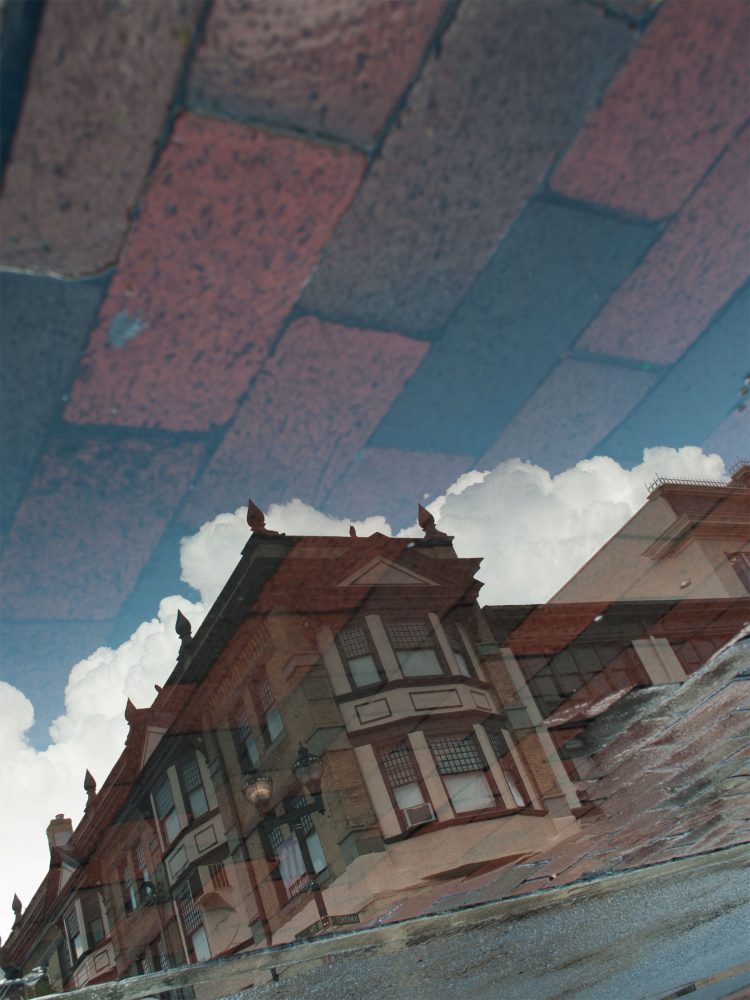
Travis Ferguson, “We were suppose to meet…”
Travis Ferguson
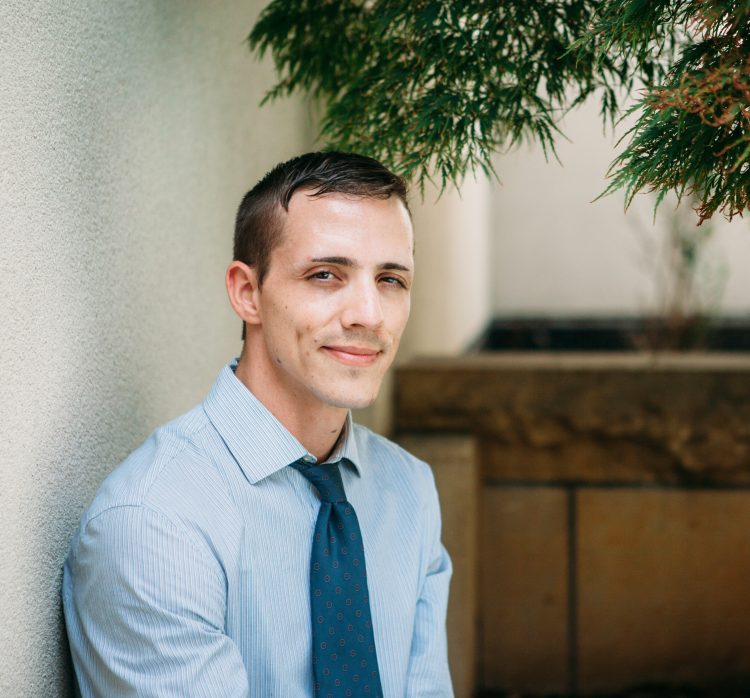
Travis Ferguson, Photo: Rhiannon Newman
Tell us about your work.
I like to experiment with material and media, ideas and experiences. But most of all making art, learning and having fun is what I do.
What do you do at The Phillips Collection? Are there any unique/interesting parts about your job that most people might not know about?
I am a Museum Assistant and ambassador for the museum. The most interesting aspect of working at the Phillips is interacting with museum visitors; everybody brings their life experiences to museum. Listening to and seeing the reactions of people to the artwork is always fun.
Who are your favorite artists in the collection?
That’s like asking to compare “good” and “bad” art. To me there is no such thing. Art is subjective; sure, technically an artist can master a subject, but to me each piece of art uniquely invokes an emotional response. All of the art at the Phillips are my favorites!
What is your favorite gallery or space within The Phillips Collection?
The Music Room.
What would you like people to know about your artwork on view in the 2016 Staff Show (or your work in general)?
I’m just happy to share my passion for art with others. If you want to know more about me or my art, buy me a drink and we’ll contemplate the intricacies of life together.
The 2016 James McLaughlin Memorial Staff Show is on view August 14 through September 19, 2016.

